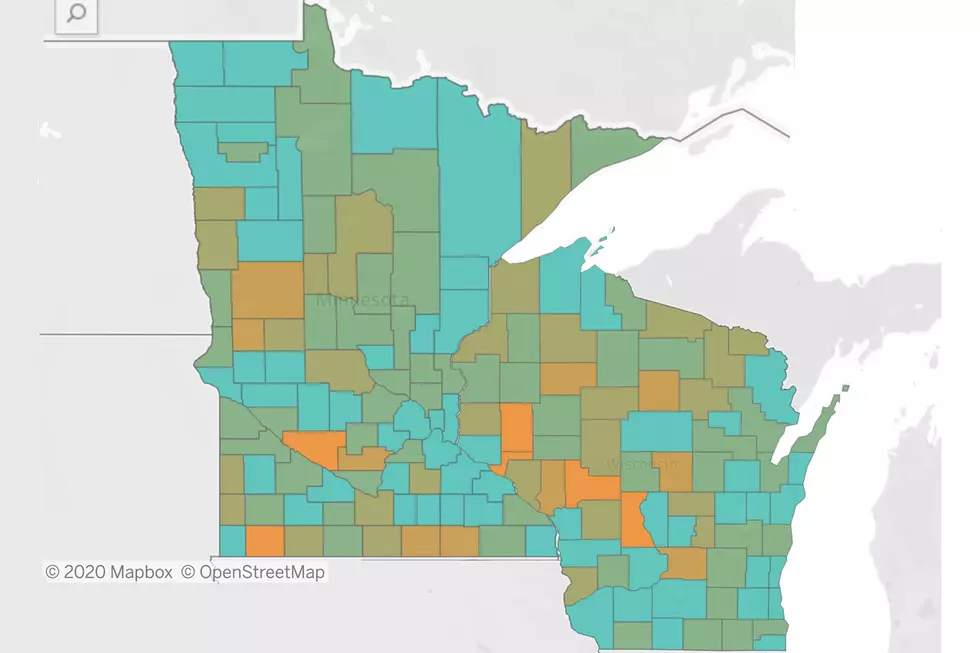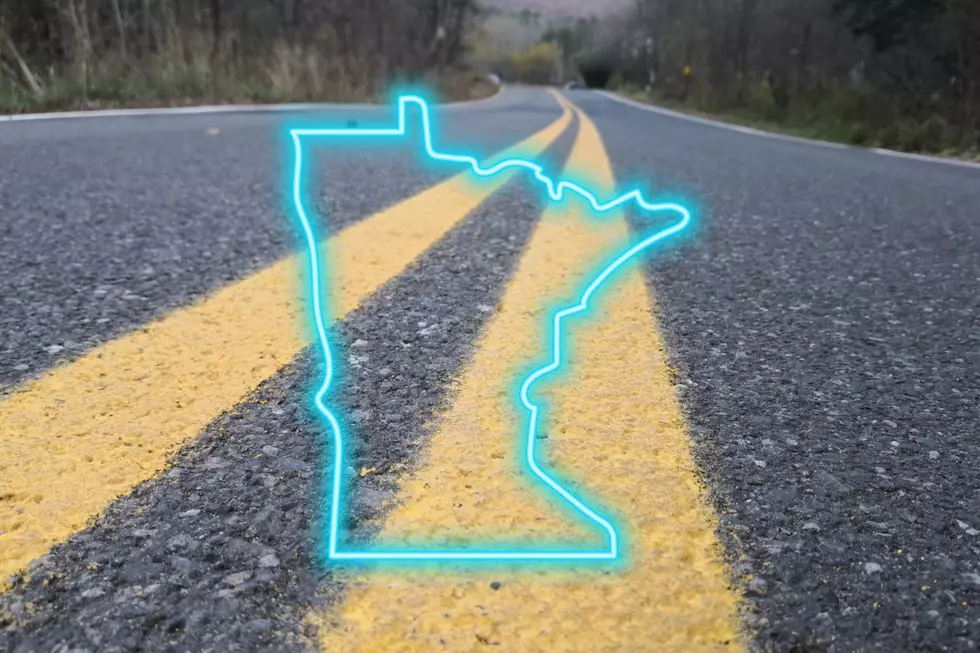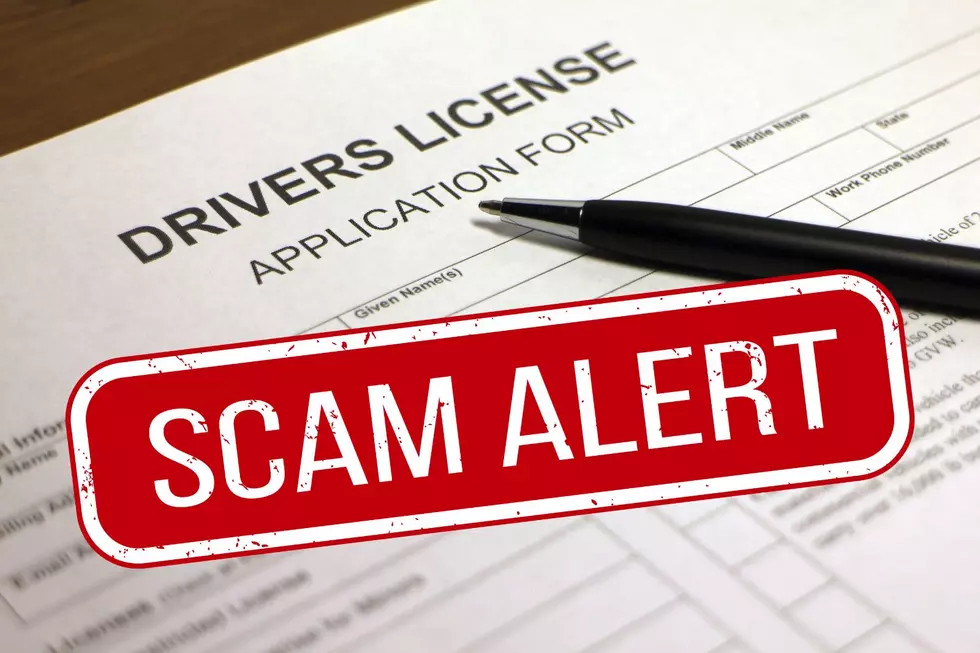
‘Social Distancing Scorecard’ Gives Minnesota ‘A’ Grade, Wisconsin ‘B’ Grade So Far
In Tuesday's media briefing, Minnesota Governor Tim Walz referenced some data indicating that Minnesotans have been acting on social distancing orders and generally not moving around their cities or the state in notable numbers. Unacast, the data company behind these statistics, has released a nationwide county-by-county grade of how cell phone data is indicating people are heeding orders to socially distance.
The statistics (through March 21) indicate that Minnesota as a whole, including St. Louis County is doing a pretty good job heeding social distancing orders, earning an "A" grade. Both Wisconsin as a whole and Douglas County earned "B" grades. Here are some regional county grades:
Minnesota, overall, saw a 42.05% decrease in distance traveled by people in the state (A grade). On the county level, here is how things shook out:
- St. Louis: A grade - 46% decrease
- Carlton: A grade - 41% decrease
- Cook: B grade - 38% decrease
- Aitkin: B grade -38% decrease
- Itasca: B grade - 33% decrease
- Lake: C grade - 29% decrease
Wisconsin, overall, saw a 39.54% decrease in distance traveled by people in the state (B grade). On the county level, here's how things look:
- Ashland: A grade - 63% decrease
- Bayfield: A grade - 51% decrease
- Washburn: B grade - 38% decrease
- Burnett: C grade - 30% decrease
- Douglas: C grade - 28% decrease
- Sawyer: C grade - 24% decrease
What do these grades mean? The statistics are a comparison of distance traveled by people now versus before the outbreak.
- A grade indicates a decrease greater than 40%
- B grade indicates a 30-40% decrease
- C grade indicates a 20-30% decrease
- D grade indicates a 10-20% decrease
- F grade indicates a decrease less than 10%
The whole idea is the more people are staying put, the less they are spreading the disease around.
The map above uses teal as an indication of a better score, while orange indicates a worse score.

The information is derived from "extrapolated phone data" meshed with current cases identified by state and federal health officials. Unacast says the phone data is anonymous, non-identifiable information, "combining tens of millions of anonymous mobile phones and their interactions with each other each day" that they then use to "extrapolate the results to the population level."
More From B105









